Luca de Meo – CEO of Renault S.A. has been discussing Renaults achievements in AI and sustainable assembly plants. He has said that Renault plans for up to 120,000 vehicles and batteries a year to be recycled under their latest plans. Renault aims to have the highest percentage of vehicles repurposed worldwide by 2030. A new generation of products will allow a re-positioning of the products worldwide for Renault with 7 models in C and D segments by 2025.
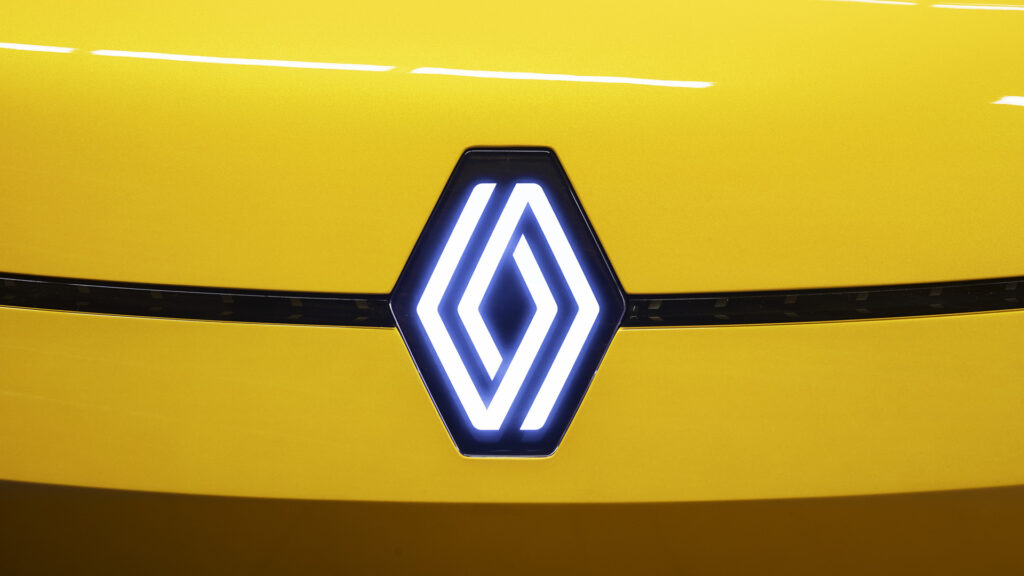
With the evolution of Renault’s brand identity (a new style and brand logo) Renault’s Design Director, Gilles Vidal has re-worked the traditional logo. Working back from 1925, Gilles has finalised a new logo with the intention of retaining heritage and also that of entering a new era. The logo represents inclusiveness and an open and transparent company. The new logo has debuted on the Megane E. Gilles has said that future cars will also come with a strong design evolution. A new interior strategy is also planned with substantial changes starting with the new Megane-E. High tech content, screens, experience and interaction will be part of the trasnformation. Physical space and practicality will be enhanced.
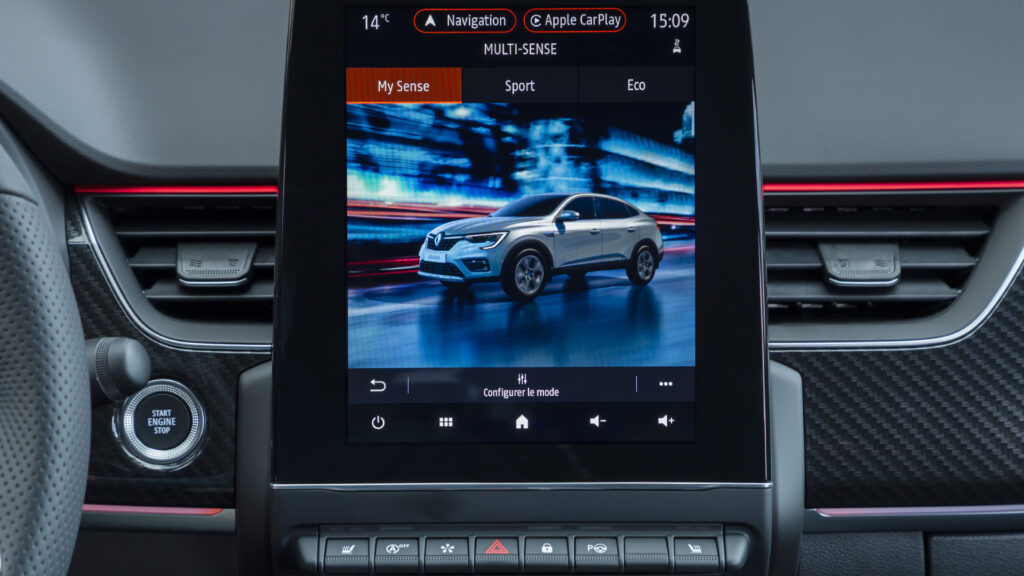
Discussing brand identity, Arnaud Belloni has said the new logo is very distinctive. Using the LaLove brand strategy, Arnaud is looking to make the brand ‘stronger and more respected’. Looking to build a re-connection with the brand and its customers, using the example of the recent iconic Renault 5 prototype.
The E-Tech umbrella brand has been showcasing the Formula 1 hybrid technology and will be used in forthcoming hybrid models. Unique multi model technology will use either fully electric or hybrid technology. Providing access to electric mobility to customers, over 150 patents have been created to develop the technology. With both F1 and E-Tech they use the same architecture and components. Paired with a multi mode gearbox, high energy optimisation will eek the most efficiency out of every journey. Esteban Ocon and Fernando Alonso already use the technology on track and on the road.
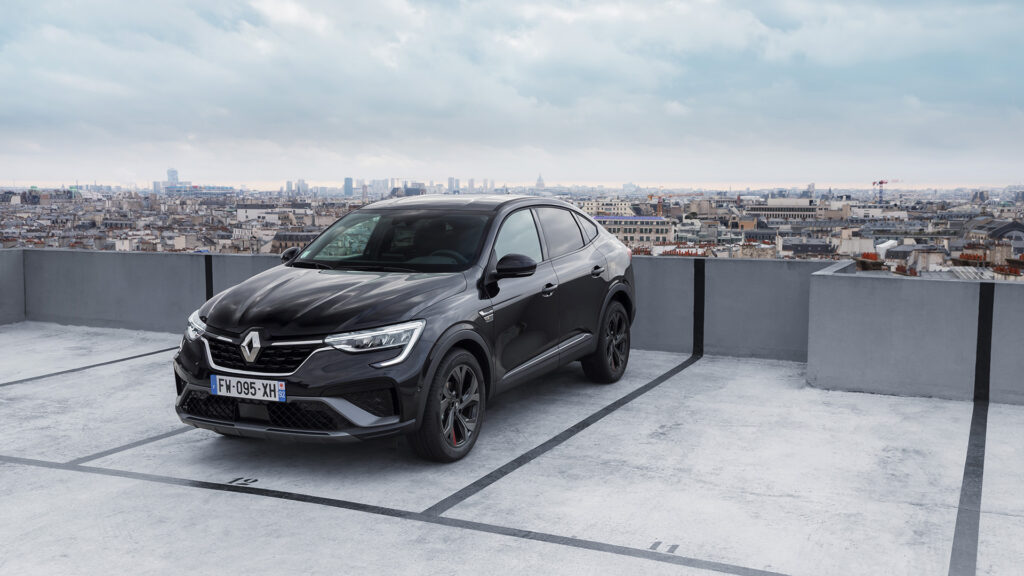
E-Tech models will use the unique PHEV technology; using electric on start-up, fuel efficiency & the particular driving style associated with driving an electric car will be the forefront of what the E-Tech models will offer.
The E-Tech hybrid battery charges while driving, reducing consumption by 40 % with around 5 litres per 100 kms WLTP. The Megane generates an extra 50 kms, has 160 bhp, with an estimated fuel consumption of 1.3 litre per 100 kms. Six cars in the range are already equipped with new technology and there’s a brand new 1.2 litre engine on the way.
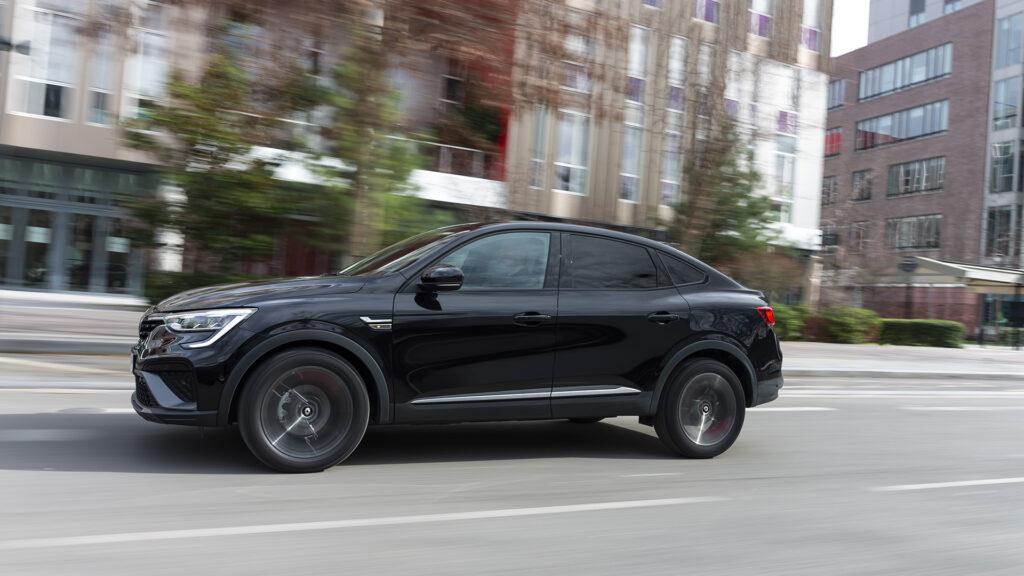
Renault’s Arkana marks the French brand’s first foray into the coupe-SUV market. Going on sale this summer, with first deliveries expected to arrive in September 2021.The Arkana is built on the CMF-B platform which is the same as the new Clio and Captur models. The Arkana has a coupe-like rear end, which is unlike anything else Renault currently offers. Due to the larger rear end it has a boot capacity of 513 litres,122 litres more than the Clio. Renault has also added a couple of practicality tweaks, such as flat-folding rear bench seat, a 360-degree parking camera and plenty of cubby space. The new Arkana ranges now include a full-hybrid version known as ‘E-TECH Hybrid’. In addition to petrol and petrol-LPG bi-fuel motors (on Clio and Captur).
With the Arkana Hybrid, up to 80% of driving will be electric. on one hand, TCe 140 and TCe 160 engines with 12V micro-hybridization. The 145hp E-TECH Hybrid engine can run in all-electric mode up to 80% of the time on city roads and equate to 40% fuel savings compared to a petrol engine in urban cycle. All-New Renault Arkana E-TECH Hybrid will be available in June.
The entry-level model features the turbocharged 1.3-litre four-cylinder mild-hybrid petrol engine from the Clio. It’ll have an output of 138bhp and 260Nm of torque – and will send drive to the front wheels via a dual-clutch gearbox. A full hybrid 1.6-litre four-cylinder petrol engine will also be available with two electric motors and a lithium-ion battery. Altogether an output of 158bhp will send drive through an innovative F1-derived clutchless transmission, which Renault says is more efficient and smoother than a conventional automatic.
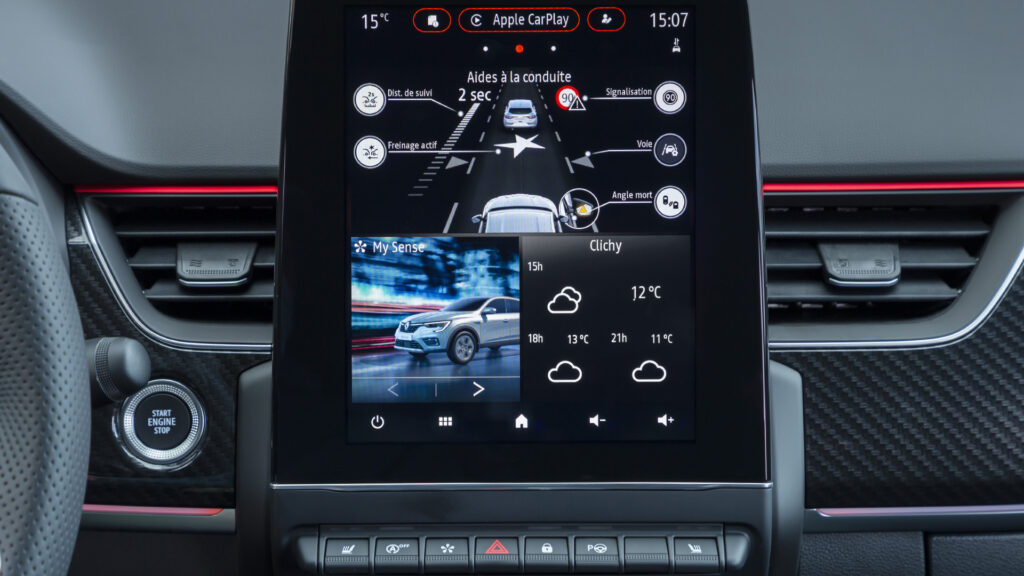
Renault’s latest infotainment technology consists of either a 4.2”, 7” or 10” digital instrument cluster with either a 7” or 9.3” portrait infotainment system. Apple CarPlay and Android Auto are supported, as are over-the-air updates and live traffic updates.
Renault will be offering a sporty R.S. Line trim with new front splitter, red coachlines, black alloy wheels and aggressive rear bumper with dual chrome exhaust outlets. Extras such as contrasting black roof, selection of three alloy designs and seven body colours – with exclusive Valencia Orange paint finish on the R.S. Line.
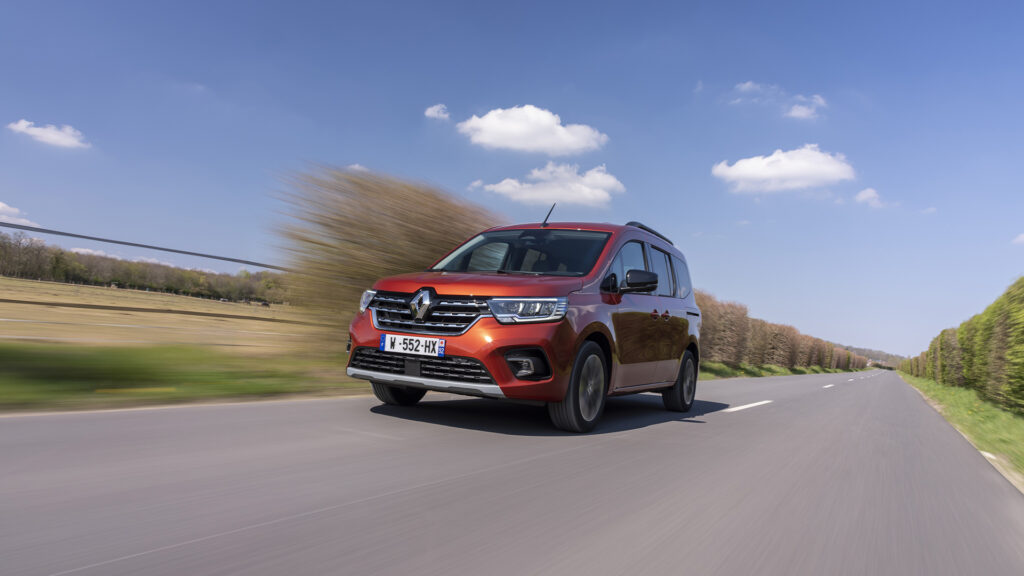
Also launched was the new Renault Kangoo. Powertrains will come from petrol, diesel and electric variants. The Kangoo Maxi is based on the same platform as the Renault Scenic MPV, but while eliminating the B-pillars boosts access, safety isn’t compromised because the strengthening provided by the B-pillars has been transferred to the doors.
With highly acclaimed rear-passenger legroom for its category, there’s around 49 litres of accessible storage compartments, a 775 litre boot expandable to 3,500 litres across a large flat floor.
